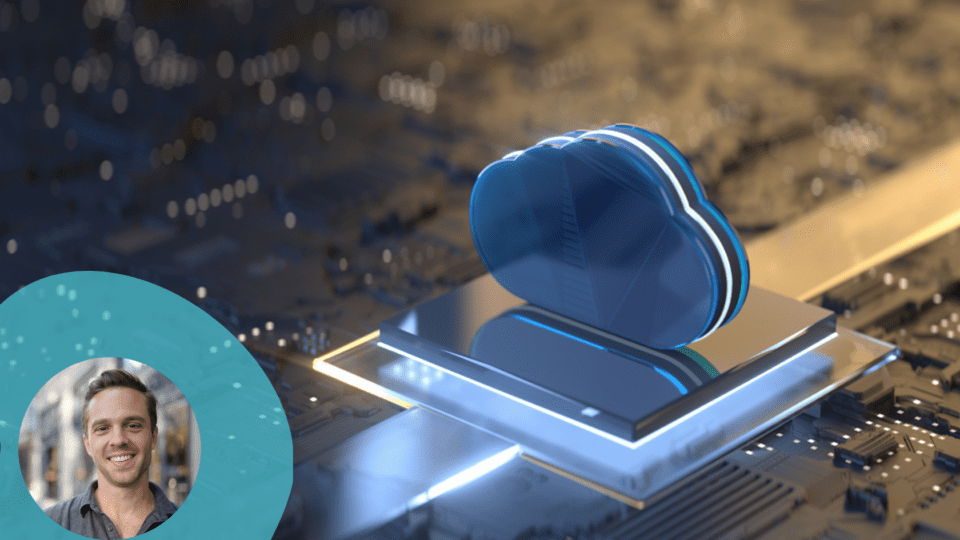The internet has radically changed how we find, compare and buy products. The most obvious impact? The rise of online shopping. But now, it has its sights on changing the world of in-store shopping.
In-person shopping is enjoying a surge in popularity. Retailers have taken notice of this shift and are increasingly turning toward experiential retail to meet changing customer preferences. In fact, according to a Forrester Consulting study sponsored by Shopify, 40% of brands say offering experiential retail will be a top priority for them in the next year.
As the name implies, experiential retail initiatives aim to turn a transaction into an experience for the customer. The goal is to improve engagement, customer loyalty and the bottom line. Why is experiential retail having a moment? According to the Forrester survey, 55% of brands say winning foot traffic will be a top challenge, while a McKinsey report found that more consumers switched brands in 2022 compared to the previous two years. Yet as more retailers turn to immersive customer experiences to create a competitive advantage, there is one major problem many are unprepared for: unreliable internet.
To truly bring immersive experiences to life, retailers need to examine their tech stack closely. Applications built to support experiential retail require high reliability and low latency, which can’t be entirely dependent on the strength of an internet connection. Customers expect technology to work consistently, and if it doesn’t, it can lead to a frustrating experience. That’s where cloud-optional technology comes into play. Apps are built to operate without reliance on the cloud and work as intended even with a weak or nonexistent internet connection.
Advertisement
Updating the Tech Stack to Support Experiential Retail
New technology has made blending the digital and physical storefront possible, yet many retailers struggle to support these technologies. This includes traditional brick-and-mortar stores and ‘offsite’ locations such as curbside pickup, pop-up shops, music festivals or sports stadiums. To help, retailers are transitioning to edge computing.
Edge computing means data is processed closer to where it’s produced. Today, point-of-sale devices and iPads are commonly used edge devices that can compute data locally and then send important information back to the cloud.
According to Gartner, by 2025, 75% of enterprise-generated data will be created and processed at the edge. This market is growing exponentially as it eliminates the need for data to make a round trip to the cloud, significantly lowering cost and improving end-user experiences with reduced latency. For technology such as virtual and augmented reality, which often requires less than 40ms of latency to be enjoyable, that is a big deal.
Now, new cloud-optional technology takes this one step further. Not only can data be processed closer to the edge, but the risk of downtime can also be greatly reduced as these powerful edge devices are capable of both processing and sharing critical information, without any need for the cloud.
What does cloud-optional technology mean, and why is it important to retailers? This technology allows apps to communicate with each other regardless of internet connectivity. Apps can continue operating offline, and all data changes are stored locally and sync instantly when other local devices or the cloud are discovered.
Reducing reliance on the internet is necessary for events held in remote areas or stores in rural locations. Still, even at stores in metro areas or parking lots supporting curbside pickup, internet strength can be a problem. Ultimately, cloud-optional edge sync technology provides the best of both worlds — it combines the reliability of on-premise technology with the lower cost and flexibility of the cloud.
Internet is Unreliable; Apps Don’t Have to be
As competition increases and economic uncertainty continues, finding new ways to connect with current customers and reach new ones is undoubtedly top of mind for most retail executives. While backend technology is not what typically comes first to mind when reaching new customers, the world of experiential retail would not be possible without it. It’s what turns good ideas into reality.
Cloud-optional technology also ensures store employees have the tools they need to deliver a reliable and seamless shopper experience. If the internet connection is slow or down, it shouldn’t stop the retailer’s employees from delivering great customer experiences, whether it’s helping a shopper pick up an online order or scanning a ticket at an event. With cloud-optional technology, retail employees can spend more time selling and serving customers, and less time troubleshooting internet connectivity issues.
It’s All About the End-User Experience
At the end of the day, cloud-optional technology gives developers and marketers the freedom to think outside the box. When done right, experiential retail brings the best parts of online and in-person shopping together and creates meaningful customer experiences that drive engagement and loyalty.
Adam Fish is CEO and Co-founder of Ditto, creator of a distributed data platform that enables apps to synchronize data in real time even without internet connectivity.




